How to Choose the Right Circuit Breakers for Your Electrical System Needs
In the realm of electrical systems, selecting the appropriate circuit breakers is paramount to ensuring safety, reliability, and optimal performance. According to the National Electrical Manufacturers Association (NEMA), circuit breakers are responsible for protecting electrical circuits by automatically shutting off electrical flow in the event of an overload or short circuit, thereby preventing potential hazards such as electrical fires. The market for circuit breakers was valued at approximately $20.5 billion in 2020 and is projected to grow significantly, driven by increasing urbanization and infrastructure projects.
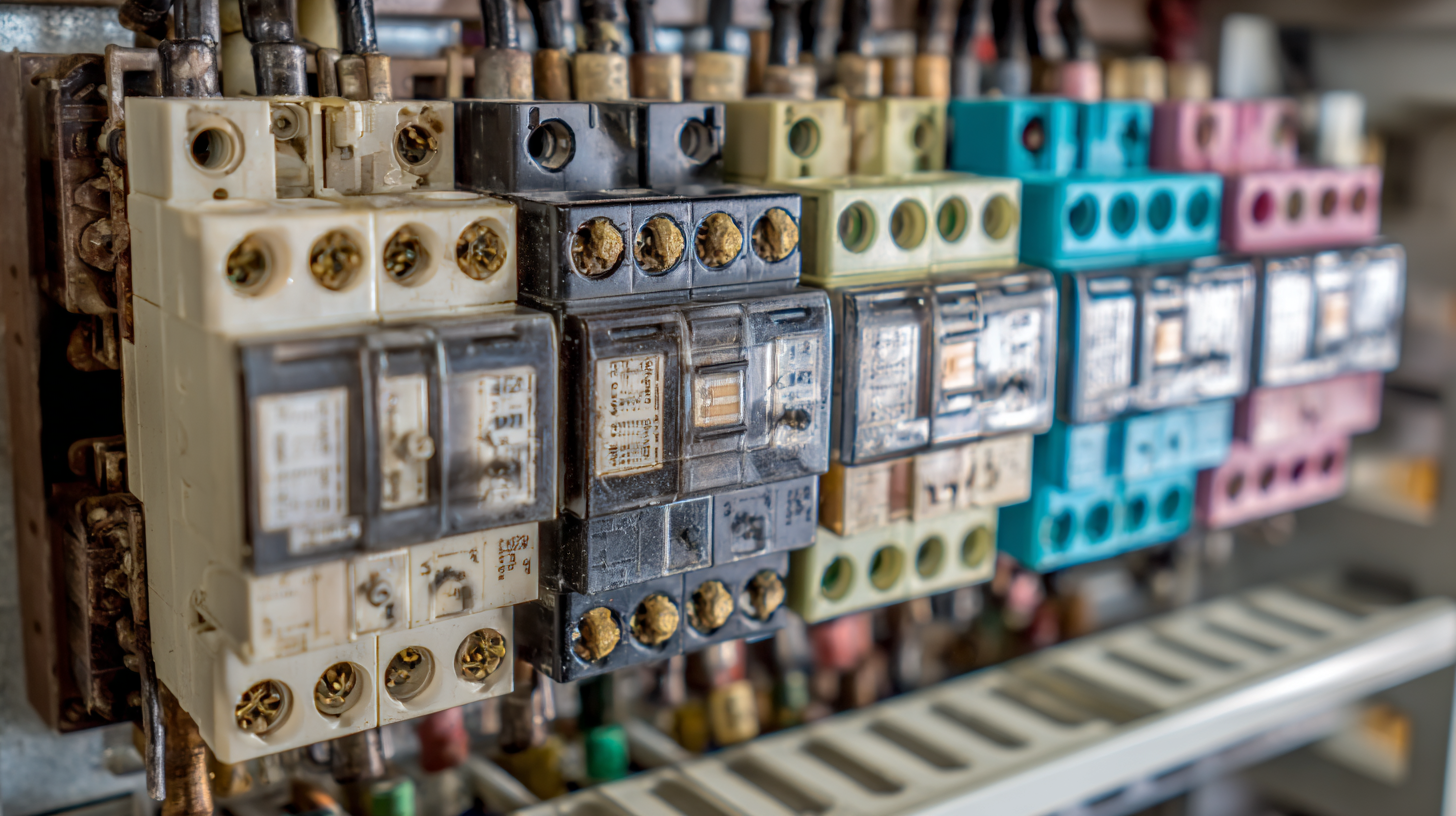
To navigate this critical decision-making process, understanding the various types and specifications of circuit breakers is essential for both residential and commercial applications. By analyzing factors such as voltage rating, interrupting capacity, and the specific requirements of your electrical system, you can ensure that you choose the right circuit breakers to meet your unique needs and safeguard your investments.
Understanding Different Types of Circuit Breakers for Your System
When selecting circuit breakers for your electrical system, it's essential to understand the various types available and their specific applications. There are several classifications of circuit breakers, including standard, GFCI (Ground Fault Circuit Interrupter), and AFCI (Arc Fault Circuit Interrupter) breakers. According to the National Electrical Manufacturers Association (NEMA), GFCI breakers are designed to protect against electrical shock by interrupting the circuit when an imbalance in electrical flow is detected. This makes them particularly suitable for wet or damp areas such as bathrooms and kitchens.
AFCI breakers, on the other hand, detect arc faults, which can occur due to damaged wiring or loose connections. The Consumer Product Safety Commission (CPSC) reports that arc faults are responsible for nearly 28,000 home fires each year. Implementing AFCI technology can significantly reduce these risks, leading to a safer home environment. Additionally, standard circuit breakers should be chosen based on the load they are expected to handle; for instance, a 20-amp breaker is typically used for general-purpose circuits while larger appliances may require a dedicated 30-amp breaker.
Ultimately, understanding these distinctions ensures that you choose the right circuit breakers tailored to your electrical system's needs, enhancing both safety and reliability in your home or business.
How to Choose the Right Circuit Breakers for Your Electrical System Needs
| Type of Circuit Breaker | Application | Voltage Rating | Amperage Range | Typical Use Cases |
|---|---|---|---|---|
| Standard Breaker | Residential & Commercial | 120/240V | 15-200A | Lighting, outlets, general circuits |
| GFCI Breaker | Wet Locations | 120V | 15-20A | Bathrooms, kitchens, outdoor circuits |
| AFCI Breaker | Living Spaces | 120/240V | 15-20A | Bedrooms, family rooms, areas with combustibles |
| Dual Function Breaker | Multiple Applications | 120/240V | 15-30A | Versatile use in various settings |
| Motor Circuit Breaker | Industrial | 480V | 5-100A | Motor protection in commercial setups |
Key Factors to Consider When Selecting Circuit Breakers
When it comes to selecting circuit breakers for your electrical system, there are several key factors to consider. Firstly, the type of circuit breaker is crucial. You'll need to choose between mini circuit breakers (MCBs), residual current devices (RCDs), and air circuit breakers (ACBs), depending on the current rating and application requirements. Each type serves a different purpose, whether it's protecting against overloads, short circuits, or earth faults.
**Tip 1:** Always assess the amperage requirements of your electrical system. This will help you select a circuit breaker that can handle the load without tripping unnecessarily while providing protection against potential hazards.
Another significant factor is the trip characteristics of the circuit breaker. You should review the type of current it will protect against, such as AC or DC, and understand the curve ratings, like B, C, or D curves, which indicate how quickly a breaker will trip under fault conditions.
**Tip 2:** Consider future expansions in your electrical system. Opting for circuit breakers with a higher amperage rating can save you the trouble of replacement when additional load demands arise.
Lastly, ensure that the breakers comply with local regulations and standards to guarantee safety and reliability in your electrical installations.
How to Choose the Right Circuit Breakers for Your Electrical System Needs
This chart presents key factors to consider when selecting circuit breakers based on their trip characteristics. The data shows the percentage of circuit breakers available in different trip categories suitable for residential electrical systems.
Assessing the Electrical Load Requirements for Your Breakers
When choosing circuit breakers for your electrical system, assessing the electrical load requirements is crucial. According to the National Electrical Manufacturers Association (NEMA), determining the overall load can prevent overloading and potential hazards. It is essential to evaluate not only the total power (measured in watts) but also the type of devices connected to the circuits, as different appliances have varying inrush current requirements. For example, a refrigerator may demand a higher start-up current than a standard light bulb, which must be factored into your load calculations.
A reliable method to assess load requirements involves a systematic tally of all electrical appliances in your home or facility, measuring both running and starting currents. The National Fire Protection Association (NFPA) recommends ensuring that your circuit breakers are rated to handle at least 125% of the maximum anticipated load. By following these standards, you can choose the appropriate breakers that not only meet current demands but also provide a safety buffer for future expansions, ensuring compliance with the National Electrical Code (NEC) for safety and efficiency.
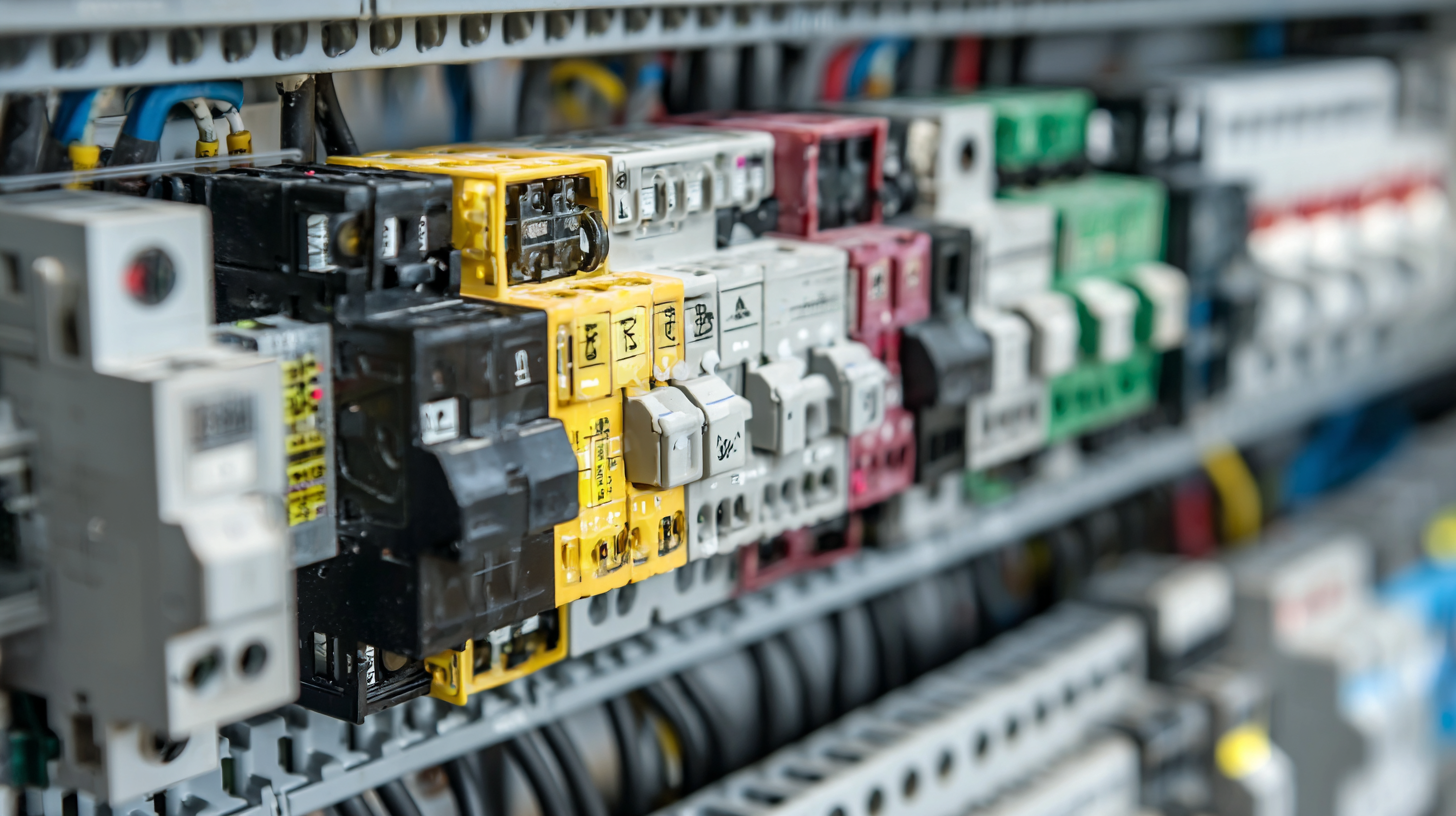
Evaluating Safety Features in Circuit Breakers
When selecting circuit breakers for your electrical system, evaluating safety features is paramount. According to the National Fire Protection Association (NFPA), electrical failures are responsible for approximately 13% of all home structure fires, emphasizing the critical role of safety in circuit protection. Modern circuit breakers come equipped with advanced safety technologies, such as arc-fault circuit interrupters (AFCIs) and ground-fault circuit interrupters (GFCIs), which help prevent dangerous electrical arcs and ground faults that can lead to fires and electrocution.
Moreover, the Underwriters Laboratories (UL) has established rigorous safety standards that circuit breakers must meet, ensuring their reliability and performance. A thorough assessment of a circuit breaker's tripping mechanism, for instance, can provide insights into its ability to react to overload conditions quickly. Research from the Electrical Safety Foundation International (ESFI) indicates that using breakers with integrated safety features can reduce the risk of electrical hazards by up to 50%. Choosing the right circuit breaker not only aligns with compliance standards but also significantly enhances the overall safety of your electrical system, making it a key consideration for any installation or upgrade.
Tips for Maintenance and Replacement of Circuit Breakers
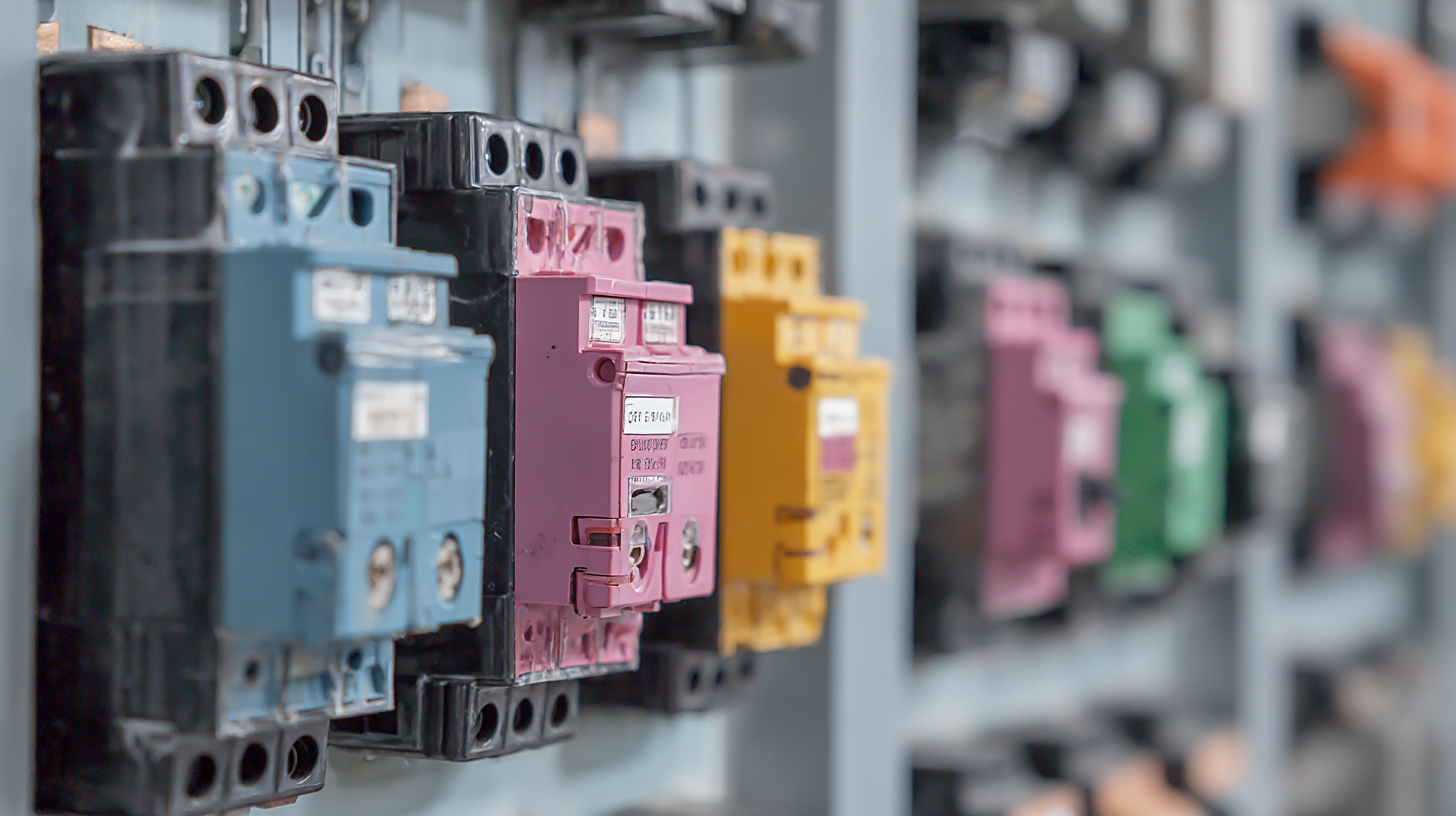 Regular maintenance of circuit breakers is essential to ensure the safety and efficiency of your electrical system. Start by inspecting the physical condition of the breakers for any signs of damage, such as cracks, rust, or burn marks. Ensure that all connections are tight and free from corrosion. It's also important to conduct periodic tests to check for tripping performance. Manually trip the breakers to confirm they engage properly and reset without issues, as this will help identify any potential failures before they become critical.
Regular maintenance of circuit breakers is essential to ensure the safety and efficiency of your electrical system. Start by inspecting the physical condition of the breakers for any signs of damage, such as cracks, rust, or burn marks. Ensure that all connections are tight and free from corrosion. It's also important to conduct periodic tests to check for tripping performance. Manually trip the breakers to confirm they engage properly and reset without issues, as this will help identify any potential failures before they become critical.
When it comes to replacement, choosing the right circuit breaker is crucial. Always match the breaker’s type and rating with your electrical system requirements. Ensure compatibility with the voltage and amperage needs of your circuits. If you notice frequent tripping or overheating, it may be time to replace the breaker with a higher-rated model or an appropriate upgrade. Consulting a licensed electrician is advisable for assessing your needs and ensuring the installation adheres to electrical codes and safety standards. Proper attention to maintenance and timely replacement can significantly extend the life of your circuit breakers and enhance overall system reliability.
Related Posts
-

Top Strategies for Enhancing Circuit Breaker Performance and Reliability in Industrial Applications
-

How to Choose the Right Circuit Breakers for Your Home and Business Needs
-
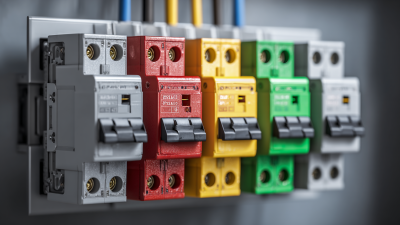
How to Choose the Right Circuit Breaker for Your Home Electrical System
-

7 Tips to Optimize Your Motor Control Systems for Increased Efficiency
-
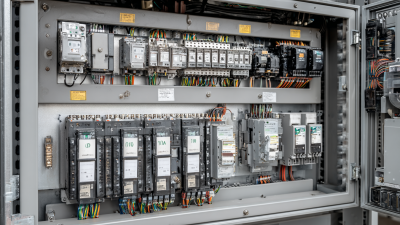
How to Choose the Right Electrical Switchgear for Your Industrial Needs
-
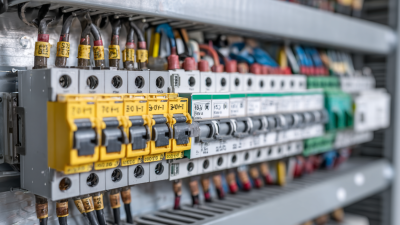
9 Essential Tips for Maintaining Your Electrical Breakers
